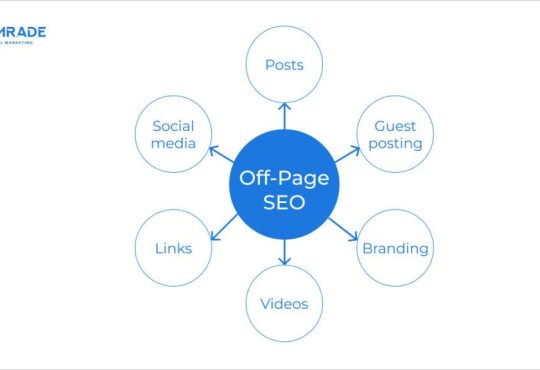
The Ultimate Guide to On-Page SEO Techniques
Search engine optimization (SEO) is a crucial aspect of any digital marketing strategy, and on-page SEO techniques play a significant role in improving a website’s visibility and ranking in search engine results pages (SERPs). In this ultimate guide, we will delve into the various on-page SEO techniques that can help you optimize your website for better search engine rankings.
1. Keyword Research and Optimization
Keyword research is the foundation of any successful on-page SEO strategy. By identifying relevant keywords that are frequently searched by your target audience, you can optimize your website content to attract more organic traffic. Use tools like Google Keyword Planner, SEMrush, or Ahrefs to find high-volume keywords with low competition. Once you have a list of target keywords, strategically place them in your website content, meta tags, URLs, and image alt texts to improve your website’s visibility in search results.
2. Optimizing Meta Tags
Meta tags are snippets of code that provide information about your website to search engines and users. The two most important meta tags for on-page SEO are the title tag and meta description. The title tag should be concise, descriptive, and include your target keyword. The meta description should provide a brief summary of the page’s content and entice users to click on your link in search results.
3. Creating High-Quality Content
Content is king when it comes to on-page SEO. High-quality, relevant, and engaging content not only attracts more organic traffic but also encourages users to stay on your website longer. Ensure your content is well-written, informative, and valuable to your target audience. Use headings, subheadings, bullet points, and images to break up the text and make it more readable.
4. Optimizing URL Structure
URLs play a crucial role in on-page SEO. A clean and descriptive URL structure can help search engines understand the content of your pages better. Avoid using long, complex URLs with numbers and symbols. Instead, use short, keyword-rich URLs that accurately reflect the page’s content. Ensure your URLs are consistent, readable, and include your target keyword.
5. Optimizing Images
Images are an essential part of any website, but they can also impact your website’s SEO. To optimize images for search engines, use descriptive filenames and alt text that include relevant keywords. Compress images to improve page load speed and reduce bounce rates. Use responsive images to ensure they display correctly on all devices.
6. Internal Linking
Internal linking is the practice of linking to other pages on your website. Internal links help search engines discover and index your content more efficiently. They also help users navigate your website and discover related content. When creating internal links, use descriptive anchor text that includes relevant keywords. Ensure your internal linking structure is logical and user-friendly.
7. Mobile Optimization
With the increasing use of mobile devices, mobile optimization is essential for on-page SEO. Ensure your website is responsive and mobile-friendly to provide a seamless user experience across all devices. Use Google’s Mobile-Friendly Test tool to check if your website is optimized for mobile devices. Optimize site speed, improve usability, and prioritize mobile-friendly design elements.
8. Page Speed Optimization
Page speed is a critical ranking factor in search engine algorithms. Slow-loading pages can frustrate users and result in higher bounce rates. To optimize page speed, minimize HTTP requests, enable browser caching, optimize images, and use a content delivery network (CDN). Use Google PageSpeed Insights to identify opportunities for improving page speed and enhance user experience.
Conclusion
On-page SEO techniques are essential for optimizing your website for search engines and driving organic traffic. By implementing these on-page SEO strategies, you can improve your website’s visibility, attract more organic traffic, and rank higher in search engine results pages. Remember to regularly monitor and analyze your website’s performance using tools like Google Analytics and Google Search Console to fine-tune your on-page SEO strategy and achieve long-term success.


